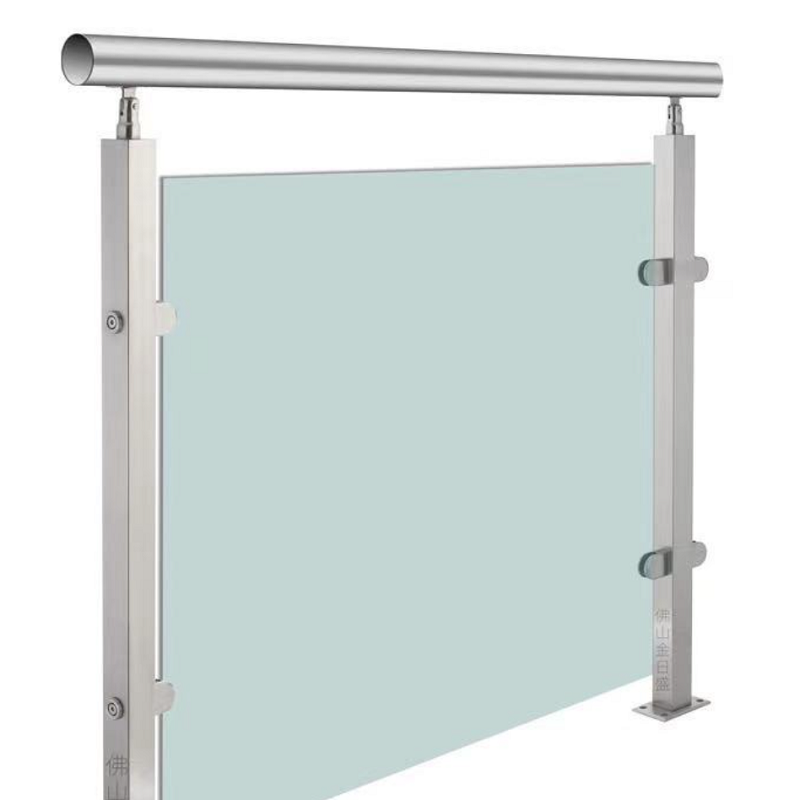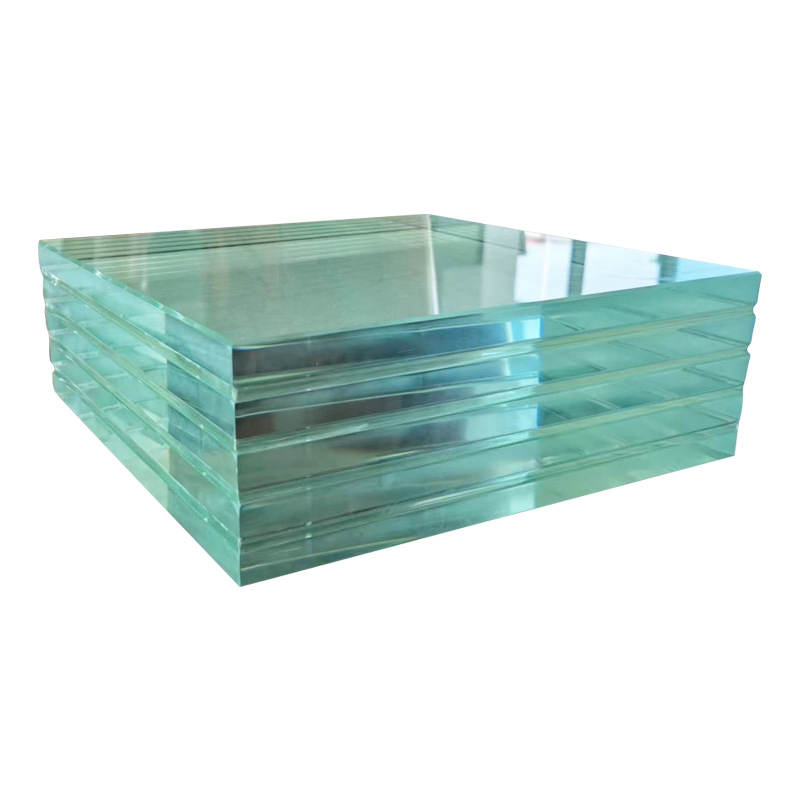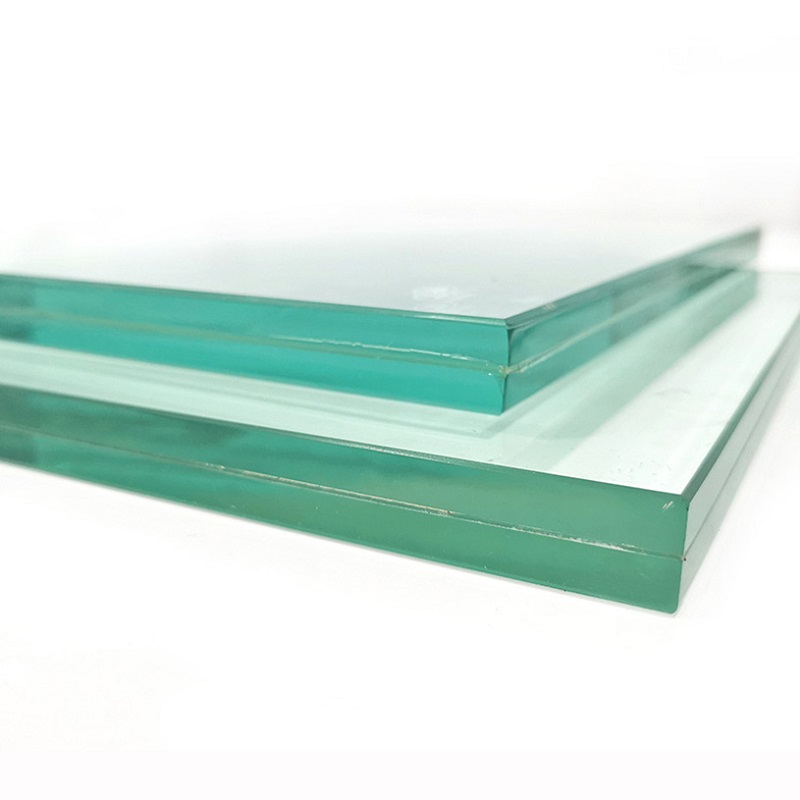Energy-efficient glass has become a popular choice in modern architecture, and single-silver glass and double-silver glass are often mentioned. Both belong to the Low-E glass (low-emissivity glass) family, but they differ in coating structure, performance, and appearance.
What Are Single-Silver Glass and Double-Silver Glass?
Single-Silver Glass: Features one silver layer in its Low-E coating, combined with other functional layers (e.g., protective and anti-oxidation layers). This design gives single-silver glass good insulation and high light transmittance.
Double-Silver Glass: Contains two silver layers with multiple functional layers in between, providing enhanced insulation and superior thermal reflection capabilities.
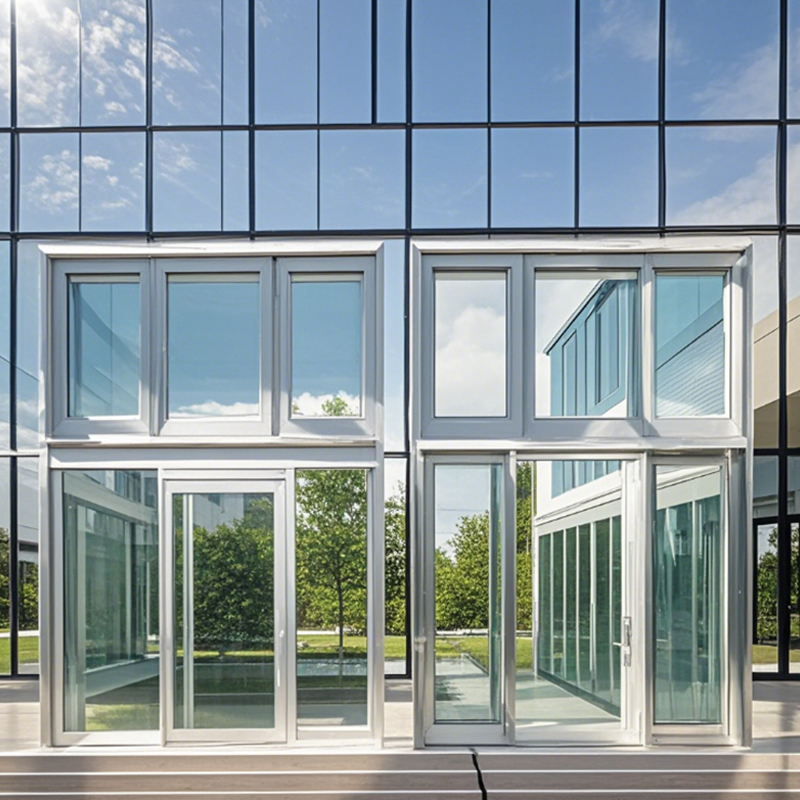
Key Differences Between Single-Silver and Double-Silver Glass
1. Thermal Insulation
Single-Silver Glass: Offers good insulation to reduce indoor heat loss but has slightly weaker heat reflection during summer.
Double-Silver Glass: Its multi-layer coating provides stronger insulation, maintaining indoor temperatures more effectively year-round.
2. Light Transmittance
Single-Silver Glass: Has higher light transmittance, making it suitable for areas that require ample natural lighting, such as homes and offices.
Double-Silver Glass: Offers slightly lower light transmittance but still ensures adequate natural lighting, ideal for buildings with high energy-efficiency requirements.
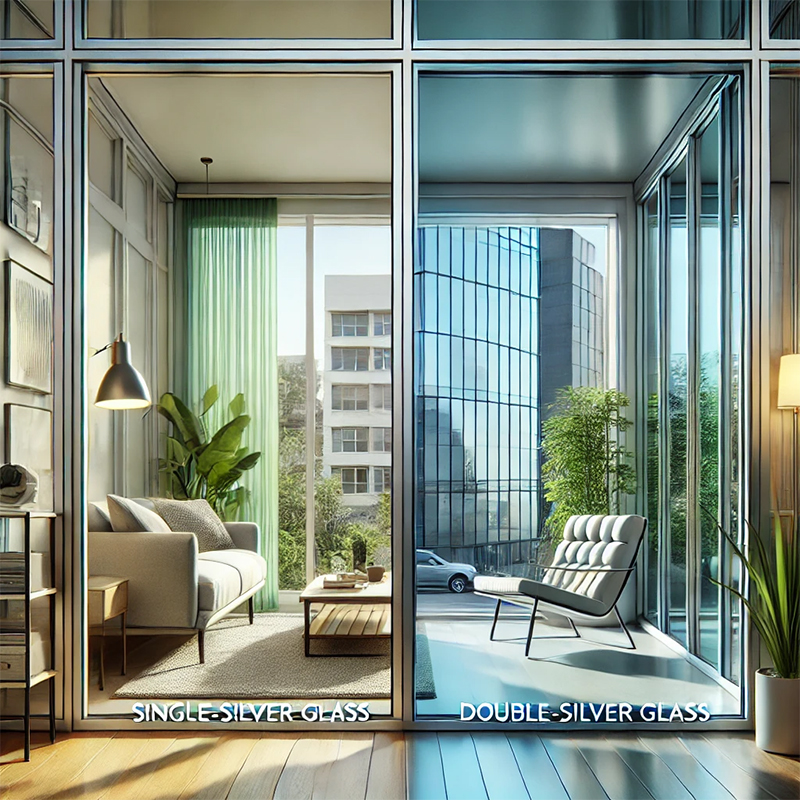
3. Energy Efficiency
Single-Silver Glass: Ideal for temperate or cold regions, helping to keep interiors warm and reducing heating costs in winter.
Double-Silver Glass: Best suited for extreme climates (hot or cold), significantly reducing energy consumption for both heating and cooling.
4. Appearance
The appearance differences between single-silver and double-silver glass are subtle but noticeable under certain conditions:
Coating Color: Single-silver glass typically has a softer color, appearing light green or light blue. Double-silver glass tends to have a deeper tone, often blue-gray or silver-gray.
Reflectivity: Single-silver glass has a lower reflectivity, offering a more natural appearance. Double-silver glass has higher reflectivity, giving it a more modern, mirror-like look.
Visual Clarity: Single-silver glass provides clearer views from the inside out. Double-silver glass may appear slightly darker, enhancing privacy protection.
Use Cases
Single-Silver Glass: Commonly used in residential windows, standard curtain walls, and buildings in temperate climates.
Double-Silver Glass: Widely applied in office buildings, green housing, and large projects in extreme climates.
Conclusion
Both single-silver and double-silver glass have unique advantages. The choice depends on climate conditions, energy-saving needs, and budget. Selecting the right glass type can reduce building energy consumption and enhance living and working comfort.


